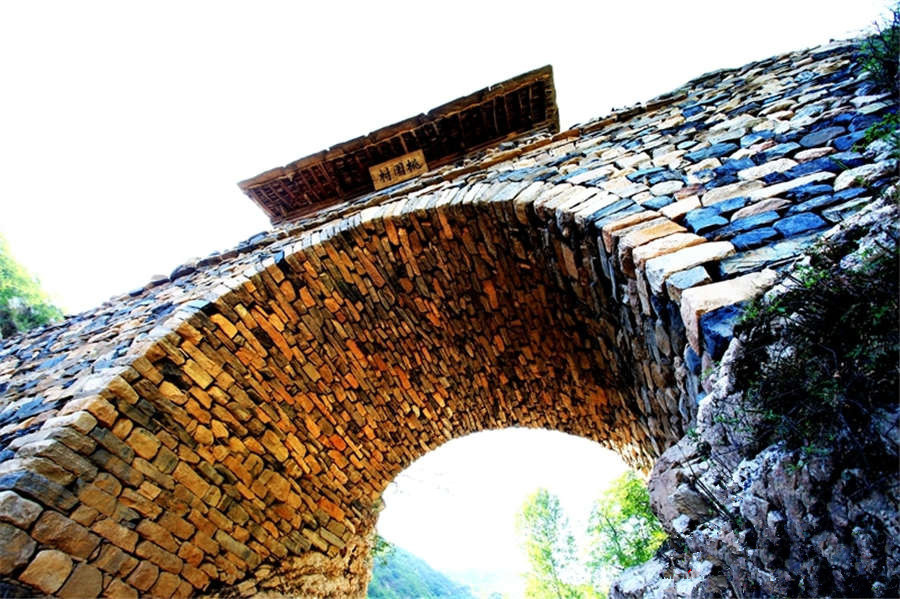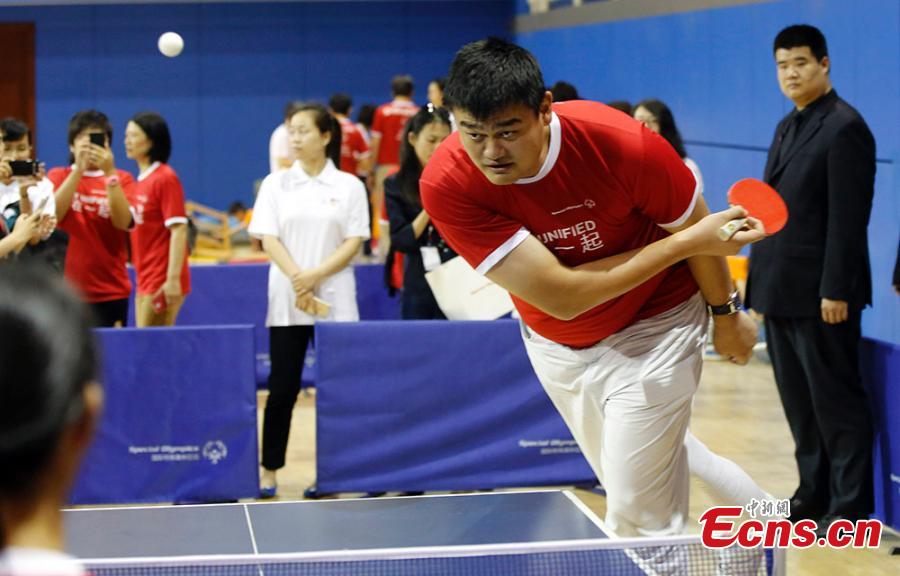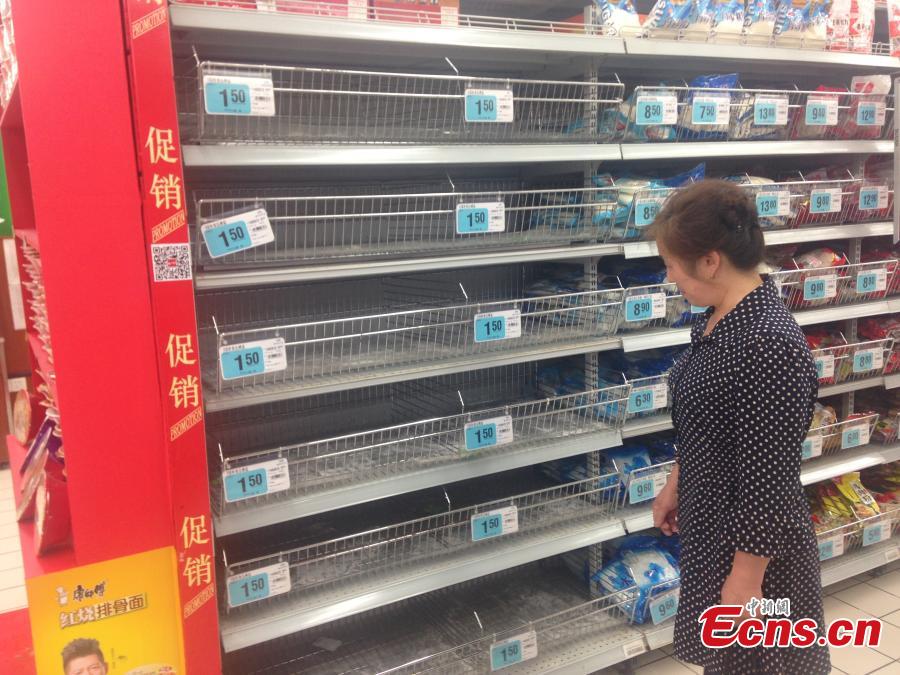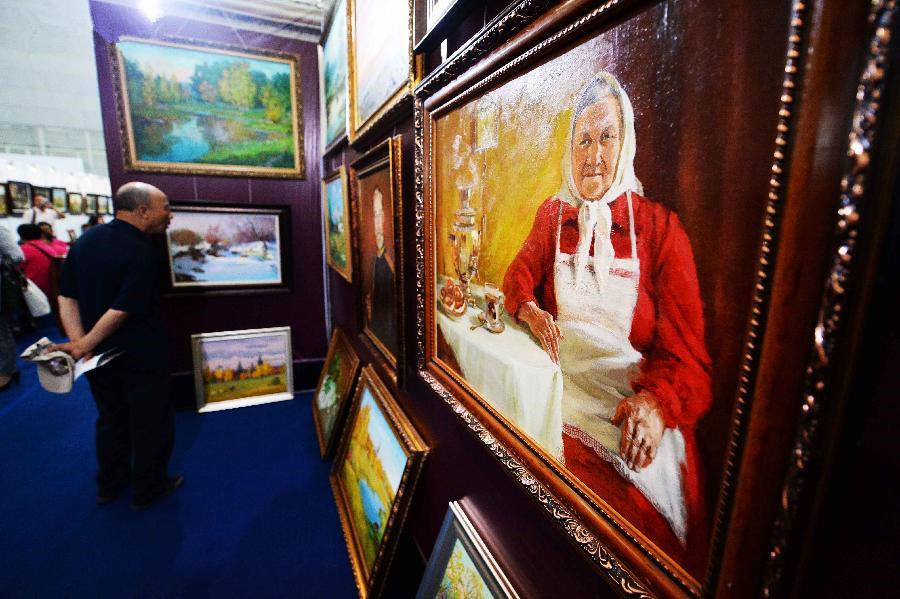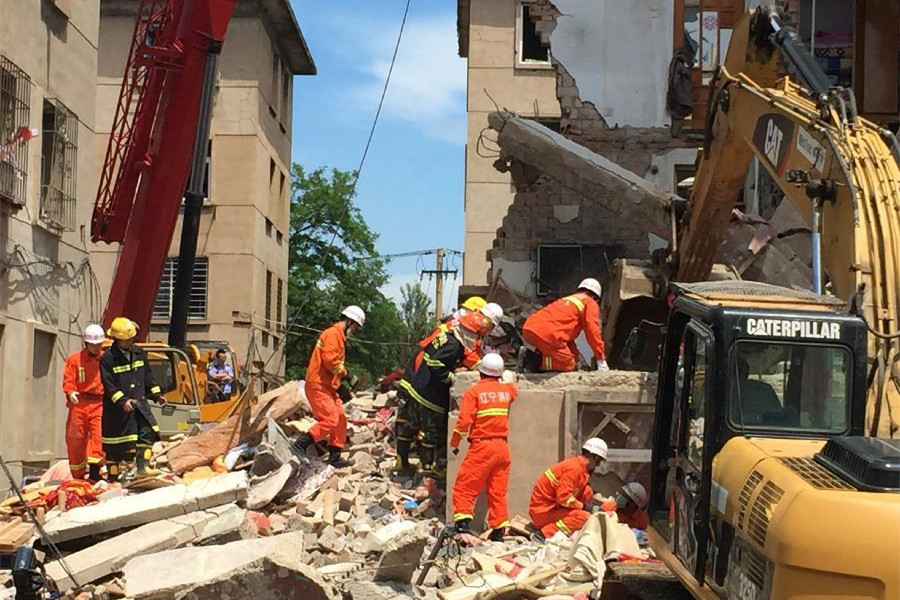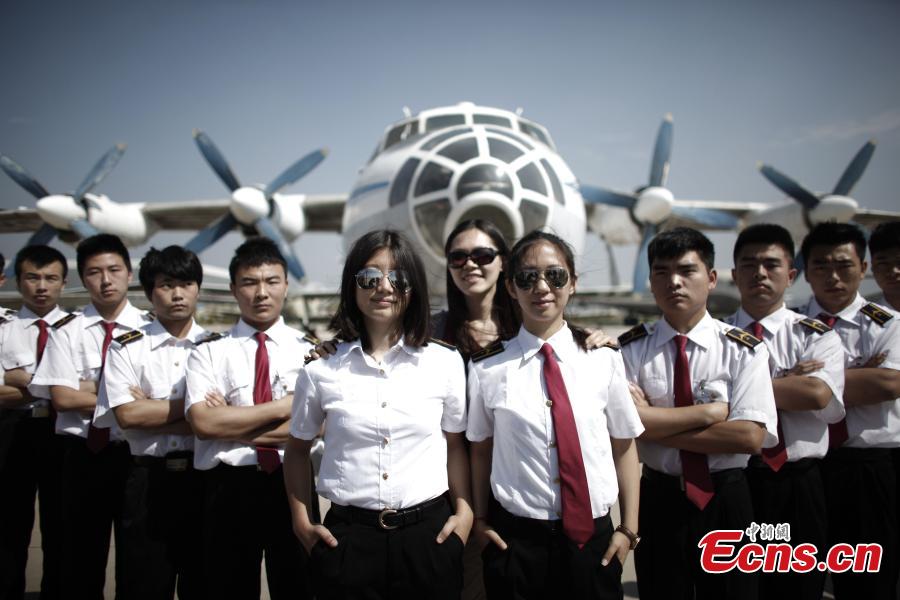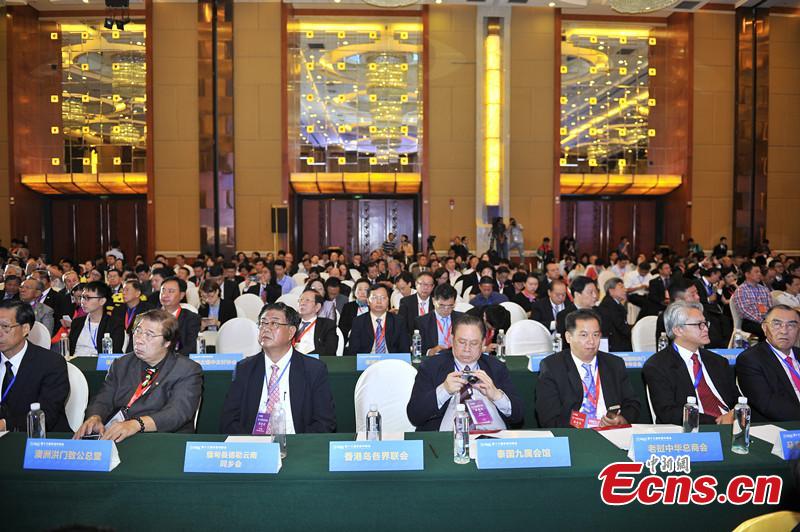Born in Zhoushan, Zhejiang Province, in 1960, Wu's work spans over 20 years and includes paintings, installations, performances, photography and drawings. He graduated from the Zhejiang Academy of Fine Art in 1986, and thereafter pursued further studies at the Hochschule für Bildende Künste in Hamburg, Germany.
As one of the leaders of the Chinese Conceptual Movement in the 1980s, Wu was the first artist in China to incorporate textual pop references into his work.
Calling his work "Red Humor," Wu began in 1986 to create a visual world of slogans and illustrated texts that parodied the Cultural Revolution (1966-1976), which eventually laid the foundation for his highly idiosyncratic and sophisticated approach to painting. These works forgo images in favor of political jingoism, religious scripture and advertising slogans, analyzed Saatchi Online, a platform for artists to show their work to a global audience.
Saatchi Online concluded that Wu's canvases appear as a combination of graffiti and expressionism. Rendered with painterly spontaneity, words, symbols and diagrams battle for space in a virtual terrain between conveyed meaning and pictorial abstraction.
Wu's art is conceptual in nature, often revolving around language. His unique process of painting as writing is exemplified in his Today No Water series held in 2001 at Ethan Cohen Fine Arts in New York, pointed out Saatchi Online. "Conceived as a graphic novel, each canvas is a chapter of a continuous stream of consciousness narrative. These works don't tell a story per se, but rather present a visual tension between fragmented phrases and images, culminating in dizzying compositions that map out free-style associations of ideas, references, and symbols."
He also once rewrote the Universal Declaration of Human Rights so that it was a declaration of "Things' Rights," with "thing" (pronounced "wu" in Chinese) a play on his own surname, according to Hans Ulrich Obrist, a Swiss curator and critic, during an interview with Wu in 2006 in Shanghai. "Fresh, even radical, and not easily monetized, Wu's offbeat explorations are instructive for those who associate Chinese art of the eighties and nineties," added Obrist.









